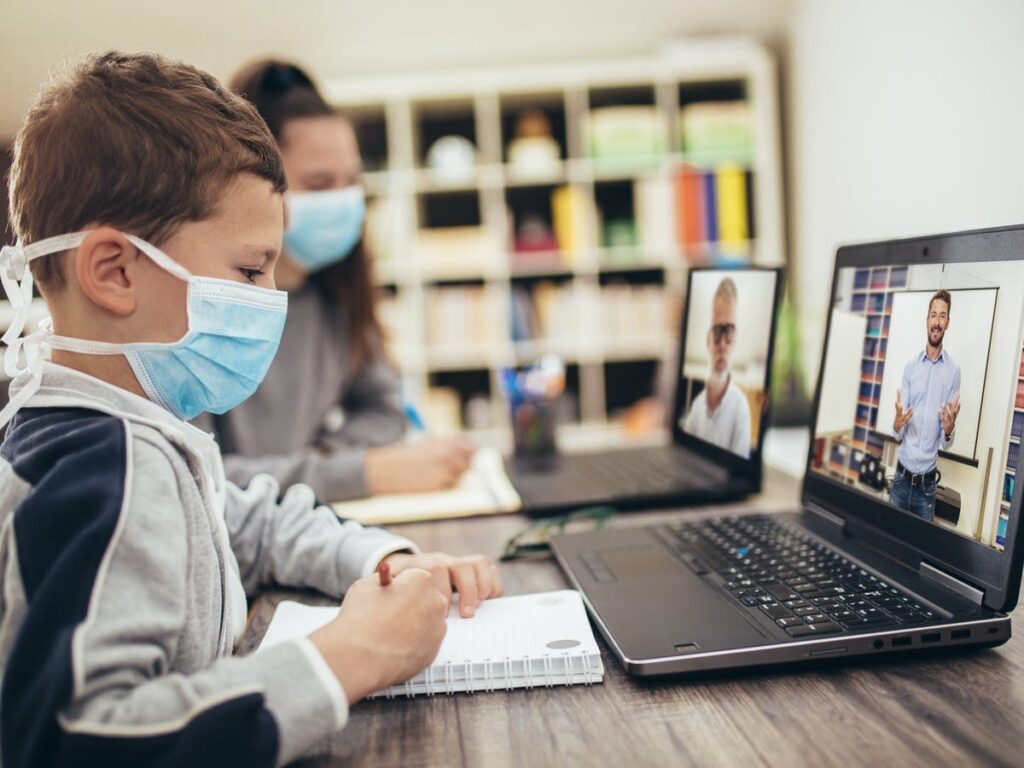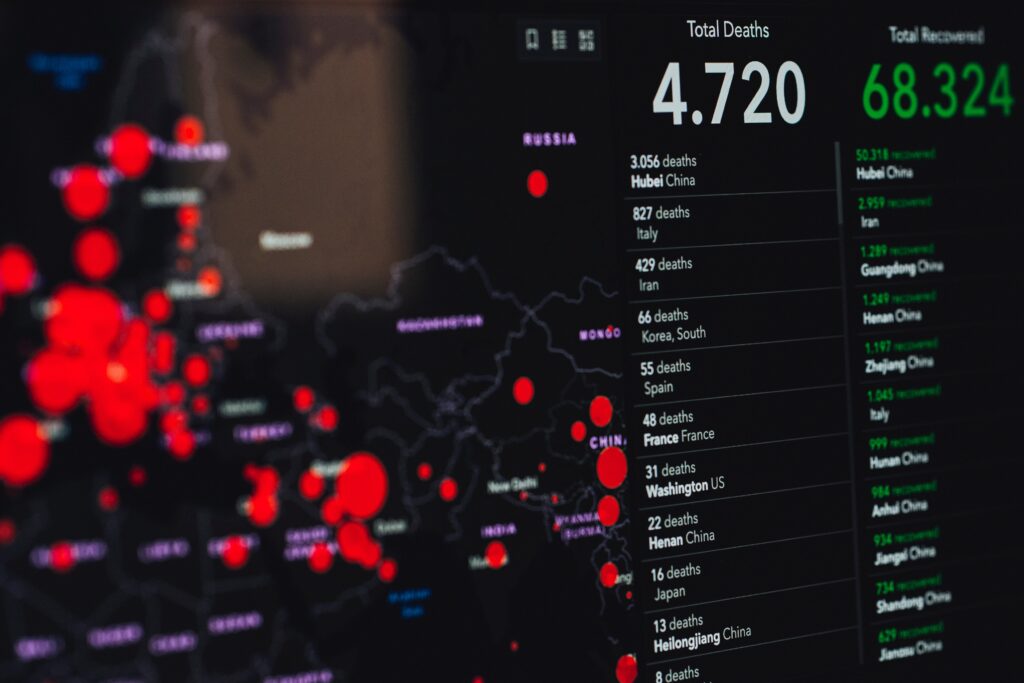Countries are looking for alternatives to combat the COVID-19 pandemic, and in this sense it is necessary to attack on all fronts. It is known to all that the first line of defense is medicine and health personnel. Second, laboratories are fighting against the clock to understand the complexity of the virus and develop the vaccines that are already being applied. But there is another front against the coronavirus, no less important: Big Data and its processing through artificial intelligence (AI) and autonomous learning systems, these have proven to be an essential weapon in the battle against the virus.
The vast amount of scientific data that has been collected around the world is an invaluable trove of information for unlocking the secrets of the virus and its disease. The COVID Human Genetic Effort, an international consortium in which many research centers around the world participate, gathers genetic data from patients in an attempt to identify through computer analysis which genetic variants could be associated with a more severe course of the disease or, on the contrary, with an asymptomatic infection.
On the other hand, researchers from the University of Toronto in Canada have analyzed data on more than 575,000 confirmed cases of COVID-19 from 144 different regions of the world to determine if there are differences in the behavior of the virus based on latitude, temperature and environmental humidity, great unknowns of the pandemic. These investigations indicate only a possible sensitivity of the virus to moisture.
Technology is definitely the essential weapon used by many health organizations in the world to mitigate or adapt to the effects that the COVID-19 pandemic has caused in global economies.
From my analysis, organizations are called upon to find those technologies that allow them to solve challenges on issues such as economic reactivation, strengthening of the health structure and digital immersion at work. “The crisis has shown us the great challenges that as companies and government we must solve today. Among them, the increase in broadband connectivity and digital channels, job retraining towards a more digital world and the incorporation of technologies that allow different sectors to operate their businesses in a more optimized way ”.

Cutting-edge weapons to fight the COVID-19 virus
Big data, artificial intelligence (AI), apps to prevent infections, and 3D printing of accessories to avoid collapsing health resources are some of the solutions.
In the face of the coronavirus health crisis, governments have greatly limited the free movement of their citizens, confined to their homes by the spread of the outbreak, cutting off urban life to defeat it. Innovation is shown as an essential ally and technology in the face of bureaucracy. Big data, fumigating drones, remote-controlled robots, applications that monitor to avoid spreading the pathogen and prolonging infections, 3D printing of accessories to avoid collapsing health resources and artificial intelligence are some of the solutions provided by innovation.
It was precisely the latter who first warned of the spread of the Wuhan coronavirus in China on December 31, 2019. The company BlueDot, a Canadian artificial intelligence platform that monitors the evolution of infectious diseases around the world, warned of the concentration of cases of an “unusual pneumonia” located around a market in China. The algorithm managed to get ahead of the World Health Organization, which issued the announcement about the outbreak of a new coronavirus on January 9, 2020. The pandemic already accounts for more than 220 million infected people and 4.6 million deaths globally. The great unknown is knowing how many have been infected, given the limitation of the detection tests and that they are not performed on all patients.

An algorithm was the first to detect it
BlueDot’s role is to keep its platform customers informed about the areas of the world that present danger and that they should avoid, and, for this, it is fed from hundreds of information sources, such as communications from health-related organizations, airline flight information, livestock health information, weather satellite data or news media from around the world. Its ability to offer early warnings of infectious diseases is based on machine learning and natural language processing. Of course, the information presented by the system is analyzed and validated by a large team of experts in different disciplines, both related to medicine, as well as geographic information systems or computing. This algorithm can not only predict where an epidemic has started, but also anticipates where it will spread, something that it has been able to do quite accurately in the case of the COVID-19 coronavirus. Obviously, some governments are often not inclined to give information about these types of epidemics, but BlueDot can track information in such unofficial sources as blogs and forums where rumors or suspicious comments appear.
Secondly; With the collaboration of companies such as Sherpa.ai, a world leading Basque company in artificial intelligence services, a platform has been developed that, among other things, is capable of predicting the future needs of intensive care units (ICUs). The critical problem that all countries face is addressing the peak of infections and avoiding the saturation of Intensive Care Units (ICUs) and in this sense Sherpa.ai predicts the future needs of ICUs and adapts to different scenarios.
The platform has had a great impact and has been a great success, allowing to predict with high precision:
- Health service needs, with a 7-day forecast of ICU needs, along with a confidence interval.
- Where new outbreaks will occur.
- Patterns and trends in virus spread and infection rates by area.
This tool is also capable of recognizing patterns and trends of the virus, in addition to identifying data of vital importance for health services such as trends of infected, future outbreaks, among other functionalities.
Looking to the future
We are living in difficult times which has hit some sectors more hard than others. However, it is key that it is seen as an opportunity to find improvements based on technology to make processes more digital and flexible and that, in this way, they can adapt to external circumstances, no matter how demanding they may be. It is very important that companies start the processes of digitization and digital transformation and not lengthen their decisions to implement new technologies.
The advantages that continuous technological advances in the health sector will bring in the coming years. Laboratories will be able to conduct tests internally and reduce their dependence on outsourcing services, as well as increase their productivity.
As for the role of the Internet and digital infrastructure in this current situation, the pandemic has not only come to change the way people see the world, but also companies.
“The digital transformation is not only a matter of technology, but a strategy decision that changes the culture of an organization and in which the presidents must be aware of its appropriation” Ivo Ivanov – DE-CIX
LEAVE YOUR COMMENTS BELOW

